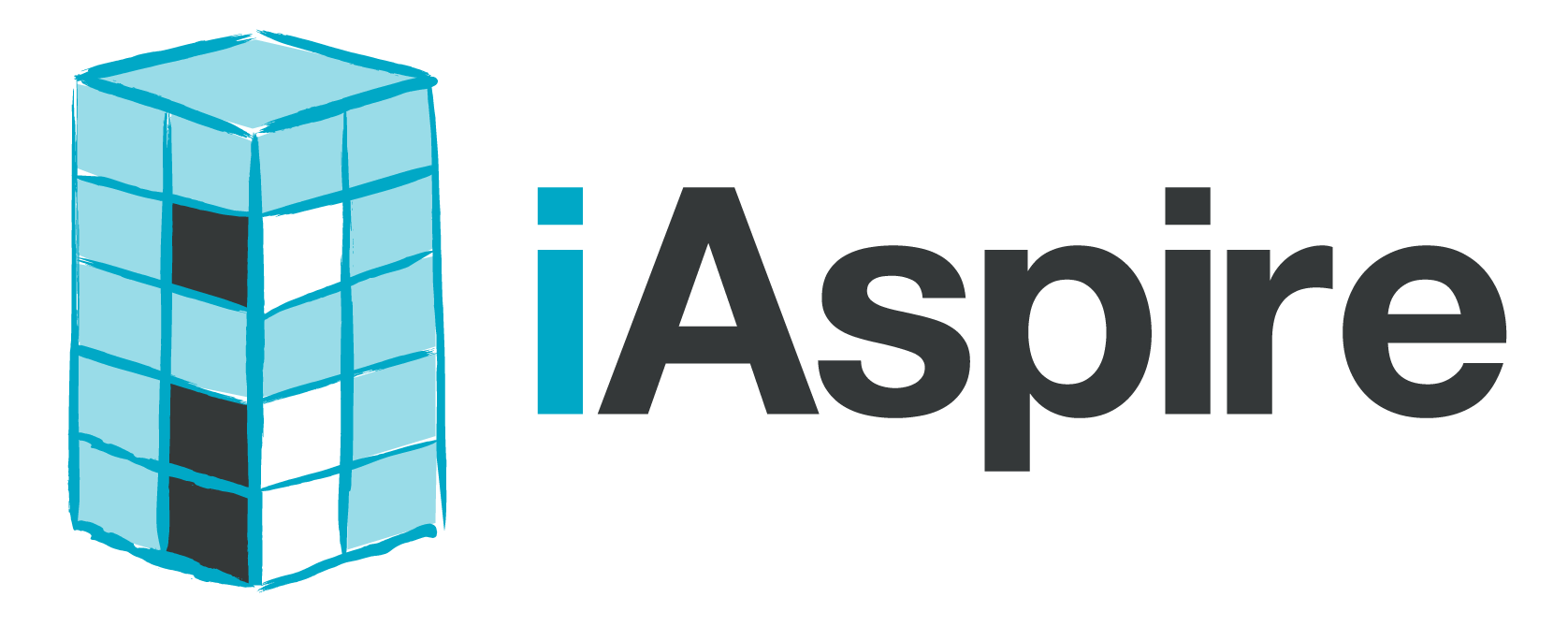The Art of Effective Feedback
The art of giving feedback is just that - an art.
Effective feedback takes purpose, planning, and practice.
I remember the very first time I emailed feedback to a teacher after observing a lesson. I wish I could have a mulligan! Sure I did the best that I could, but I'm not sure the feedback I sent had a purpose, other than to send it, or was well planned. It certainly was practice though!
One difficulty I had, even with a lot of experience, was balancing being thorough with the feedback and not taking too much time when writing it. I wanted to be sure the recipient of my feedback clearly understand what I was trying to say, why I was saying it, and how my observations led to what I communicated with the teacher. However I also didn't want to write too much time writing because both the teacher and I were busy and had a plate-full-of-work-to-do at all times.
According to Grant Wiggins,
"Feedback is information about how we are doing in our efforts to reach a goal."
The key here, in my opinion, is reaching the goal. This reinforces the importance of setting goals, having measurable criteria, and shaping a clear vision for the future. Mr. Wiggins goes on to explain 7 Keys to Effective Feedback, including the feedback being tangible and transparent, actionable, user-friendly, timely, ongoing, and consistent.
A separate publication from ASCD Express reinforces many similar characteristics of effective feedback, including being goal-oriented and giving bite-sized chunks while focusing on big-picture learning goals. While this article is focused on teachers giving feedback to students, these same qualities of effective feedback also work from observer to teacher.
Marzano gives fantastic tips about effective coaching which includes many applicable strategies when providing feedback in either a coaching or supervisory role. These include descriptive feedback, providing teachers with choice, emphasizing growth and learning, and focusing on one goal at a time.Other great feedback resources include the following:
Keeping in mind the above tips will help when writing feedback for your first, four hundredth, or four thousandth time. It does take purpose, planning, practice, and time to provide meaningful feedback. However, there are very few things that make as big or bigger of an impact on teaching, and therefore student learning, than helping teachers grow.
What have you found to be most helpful when providing feedback?
